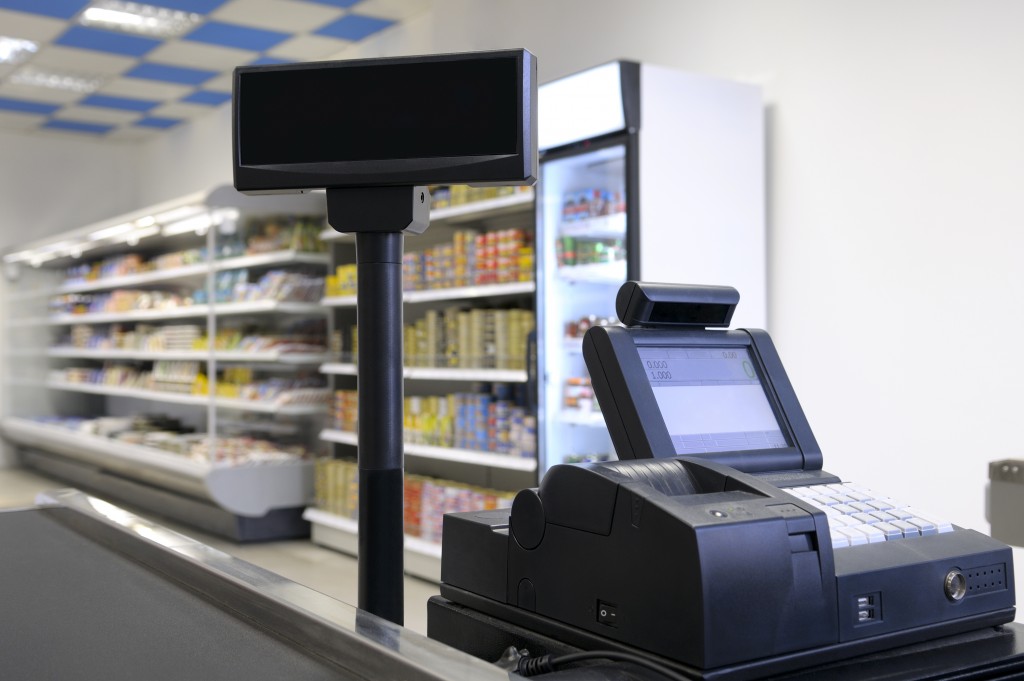- The manufacturing industry, worth $2 trillion in 2021, is experiencing a shift towards digitization, automation, and efficiency.
- High manufacturing plant costs can be attributed to energy consumption, material and labor costs, and supply chain inefficiencies.
- Reducing costs involves maintaining equipment, optimizing energy usage, streamlining labor, and improving supply chain efficiency.
- Employing automation solutions in manufacturing plants can lead to significant cost savings and increased performance.
- Utilizing data-driven insights, investing in quality control, and implementing lean manufacturing practices can reduce expenditures and enhance efficiency.
Manufacturing plants are vital to the success of many businesses, but they can also be a significant drain on company resources. Several factors are likely at play if your plant is costing you too much money. Here’s what you need to know about the industry, why your plant costs you too much money, and how you can reduce expenditures over time.
The Manufacturing Industry Today
It’s estimated that the industry is worth two trillion dollars in 2021. It’s projected to grow over the next several years, emphasizing digitization, automation, and efficiency. As a result of these changes, manufacturers are seeking new cost-saving methods to stay competitive in their markets.
Reasons Your Plant May Be Costing Too Much Money
There are numerous reasons why your plant may be costing too much money. Here are some of them:
1. Equipment Maintenance
Equipment maintenance is one of the most common reasons manufacturing plants cost businesses too much money. When machinery isn’t properly maintained, it can break down more frequently, leading to unexpected expenses and downtime. Ensuring that your equipment is regularly maintained and that any issues are addressed quickly can go a long way in reducing costs.

2. Energy Consumption
Manufacturing plants require a lot of energy, which can also be a significant cost for businesses. You can reduce energy costs and improve your bottom line by implementing energy-efficient practices, such as upgrading lighting and HVAC systems. Additionally, many utility companies offer incentives for businesses that adopt energy-efficient practices, lowering costs.
3. Material Costs
The cost of materials is another significant factor in the overall manufacturing cost. Finding cost-effective suppliers and negotiating better prices can help reduce this expense. Another solution is to examine your production processes to identify ways to use materials more efficiently, reducing waste and saving money.
4. Labor Costs
Labor costs are often one of the most significant expenses for manufacturing plants. Currently, employees, on average, are paid $47 per hour, which has increased throughout the years. Streamlining production processes, optimizing workflows, and investing in training programs to improve employee efficiency can all help reduce labor costs.
5. Supply Chain Inefficiencies
Supply chain inefficiencies can cause unexpected delays and additional expenses. Supply chain optimization and lean manufacturing practices can help ensure processes run smoothly, reducing costs and improving overall efficiency.
Ways to Reduce Expenditures
Thankfully, there are some ways you can reduce expenditures. Here are four ways:
Use Electric Actuators
Actuators are responsible for performing tasks such as opening and closing valves, shifting gears, and controlling the speed of machines. Industrial electric actuators are a cost-effective alternative to hydraulic or pneumatic actuators, requiring less energy and maintenance and improving performance. It’s a crucial part of a manufacturing plant’s operations and can help reduce costs.

Implement Automation Solutions
Automation solutions enable manufacturers to achieve greater accuracy, efficiency, and cost savings. The right automation solution can improve production times, reduce the need for labor, and optimize workflows. It can also help eliminate errors and ensure consistent quality products.
Invest in Quality Control
Quality control is essential for reducing costs. When you invest in quality assurance, you can detect and fix any problems during the production process before they cause costly delays or defects. Regularly examining finished products to ensure they meet quality standards is also important, as it helps catch any potential issues early on.
Utilize Data-Driven Insights
Data-driven insights can help manufacturers maximize efficiency and reduce costs. Manufacturers can obtain real-time information about their production processes with the right data analytics tools. This information can then be used to identify areas of improvement and develop effective strategies for reducing expenses.
While manufacturing plants can indeed be costly to run, there are several effective strategies to mitigate these expenses. By prioritizing equipment maintenance, optimizing energy consumption, and eliminating supply chain inefficiencies, it’s possible to reduce your manufacturing plant’s financial burden significantly. Further, modern technology, such as electric actuators, automation solutions, and data analytics tools, can provide additional ways to enhance efficiency and cut costs. Investing in these areas promises immediate financial relief and paves the way for long-term success and competitiveness in the rapidly evolving manufacturing industry.

